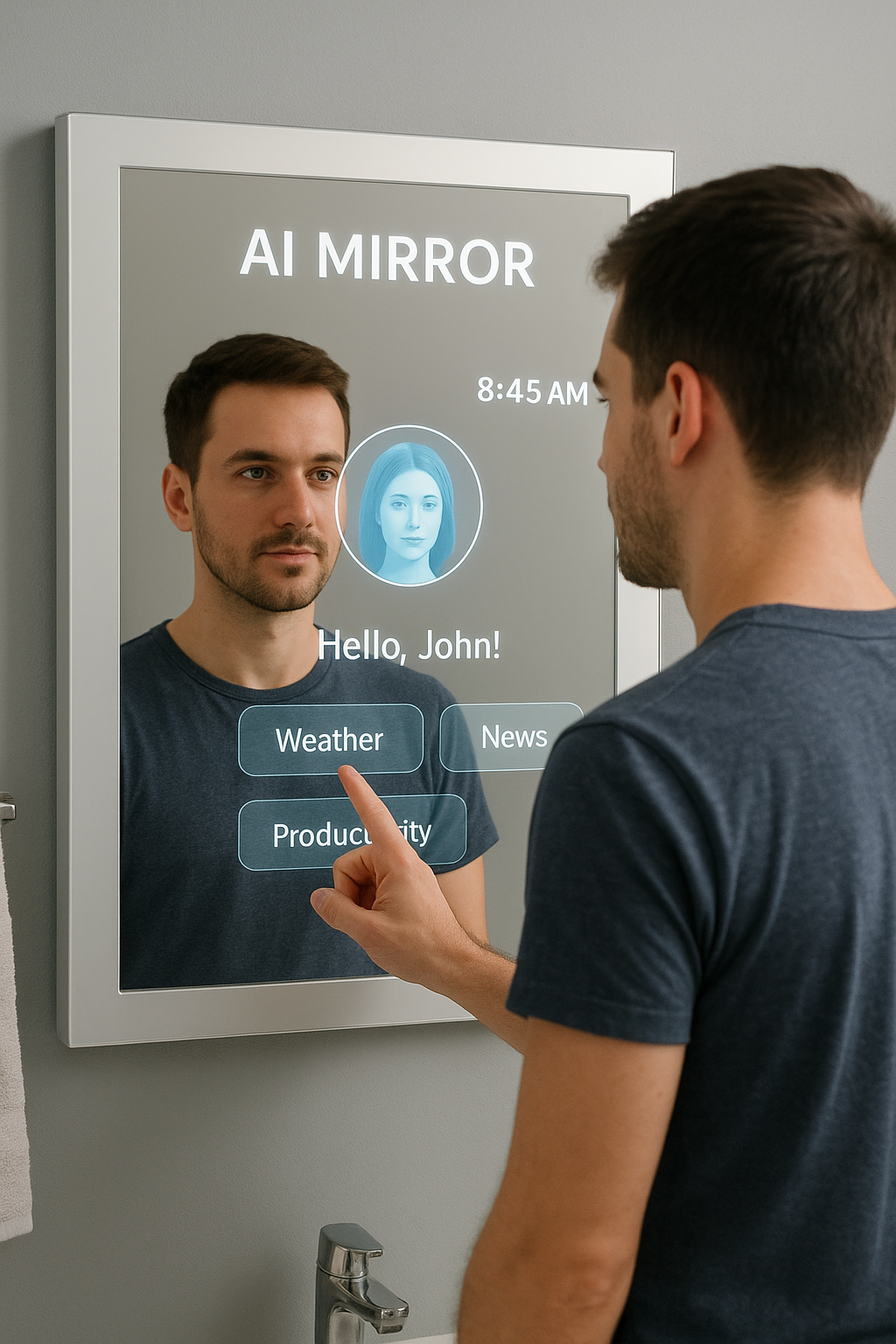An AI Mirror Made by AI
Let’s be honest—most of us don’t think much about bathrooms… unless they’re dirty or out of paper. But behind that humble door lies one of the most fascinating social, political, and even technological stories in human history.
Let’s take a quick (and slightly cheeky) trip through time:
2nd Century B.C. – Ancient Rome’s public latrines were truly “open concept.” No stalls, no shame—men, women, and children used them side by side.
1739 – A Paris restaurant broke new ground by offering separate restrooms for men and women.
1866 – The modern urinal was patented by Andrew Rankin, proving innovation can come from anywhere—even plumbing.
1887–1920 – Massachusetts led the charge to require separate facilities for women, and soon 43 other states followed suit.
1890s–1941 – Jim Crow laws segregated public bathrooms by race, a dark reminder that even restrooms weren’t immune from politics—until FDR’s Executive Order ended that practice.
1957 – “Leave It to Beaver” caused a stir—not because of scandalous dialogue, but because a toilet appeared on TV. Unthinkable!
1969 – A California assemblywoman smashed a toilet on the Capitol steps to protest pay toilets. Talk about a bold statement.
1973 – The women’s movement faced an odd rumor: that feminists wanted to eliminate gendered bathrooms. “Do you want the sexes integrated like the races?” one flyer asked. (Spoiler: that wasn’t the goal.)
That same year, “All in the Family” made history with the first toilet flush ever heard on television.
1981 – The University of Massachusetts floated the idea of co-ed bathrooms. Students revolted, and the plan was flushed away.
1990 – Pottygate! A woman fined for using the men’s room at a concert inspired nationwide protests and hundreds of offers to pay her fine.
1991 – Waterless Co., Inc. launched the first waterless urinals in the U.S., bringing water efficiency and sustainability into the restroom. These urinals are now commonplace throughout North America.
1993–2011 – Female lawmakers in Washington finally got restrooms of their own. (Yes, it took that long.)
1998 – “Ally McBeal” made TV waves with its co-ed bathroom—controversial, stylish, and the most talked-about loo on television.
2000s–2010s – Bathrooms went luxury: Jacuzzi tubs, toilet-seat warmers, and Japanese-inspired bidet-toilet combos. Suddenly, bathrooms became spas.
2010s–2020s – Design went touchless, paperless, and even “doorless” in some airports. The pandemic only sped things up.
2023 – Enter the AI mirror: smart, sleek, and maybe just a bit vain—offering style advice, makeup tips, and even your daily headlines.
From shared Roman benches to mirrors that talk back, the bathroom has always been more than a pit stop—it’s a reflection of our culture, technology, and progress.
What’s next? Maybe toilets that know when you’re stressed—or mirrors that remind you to hydrate. Either way, one thing’s certain: the evolution of the bathroom is far from over.
More info: Contact a Waterless Co., Inc, Representative.










